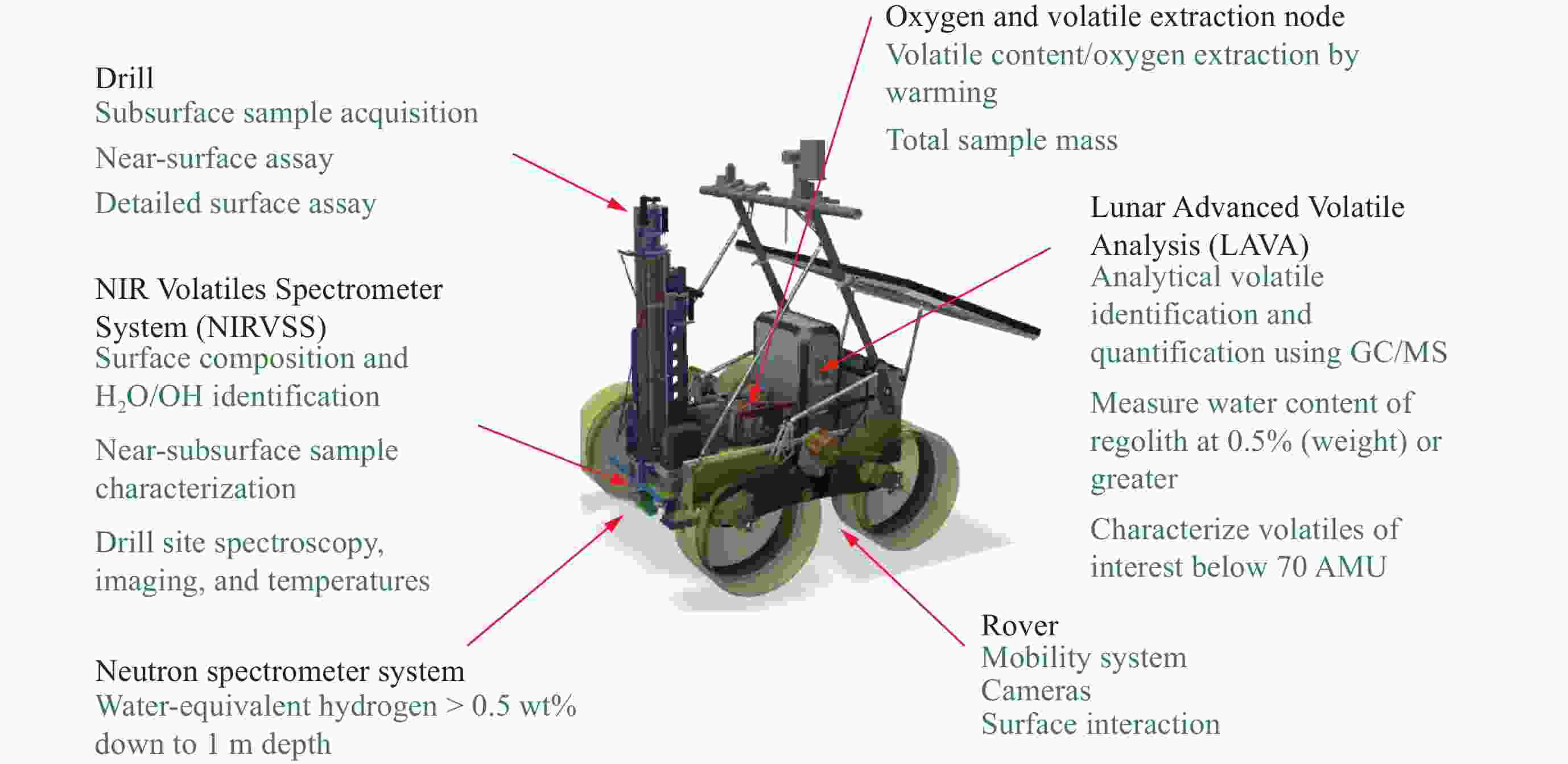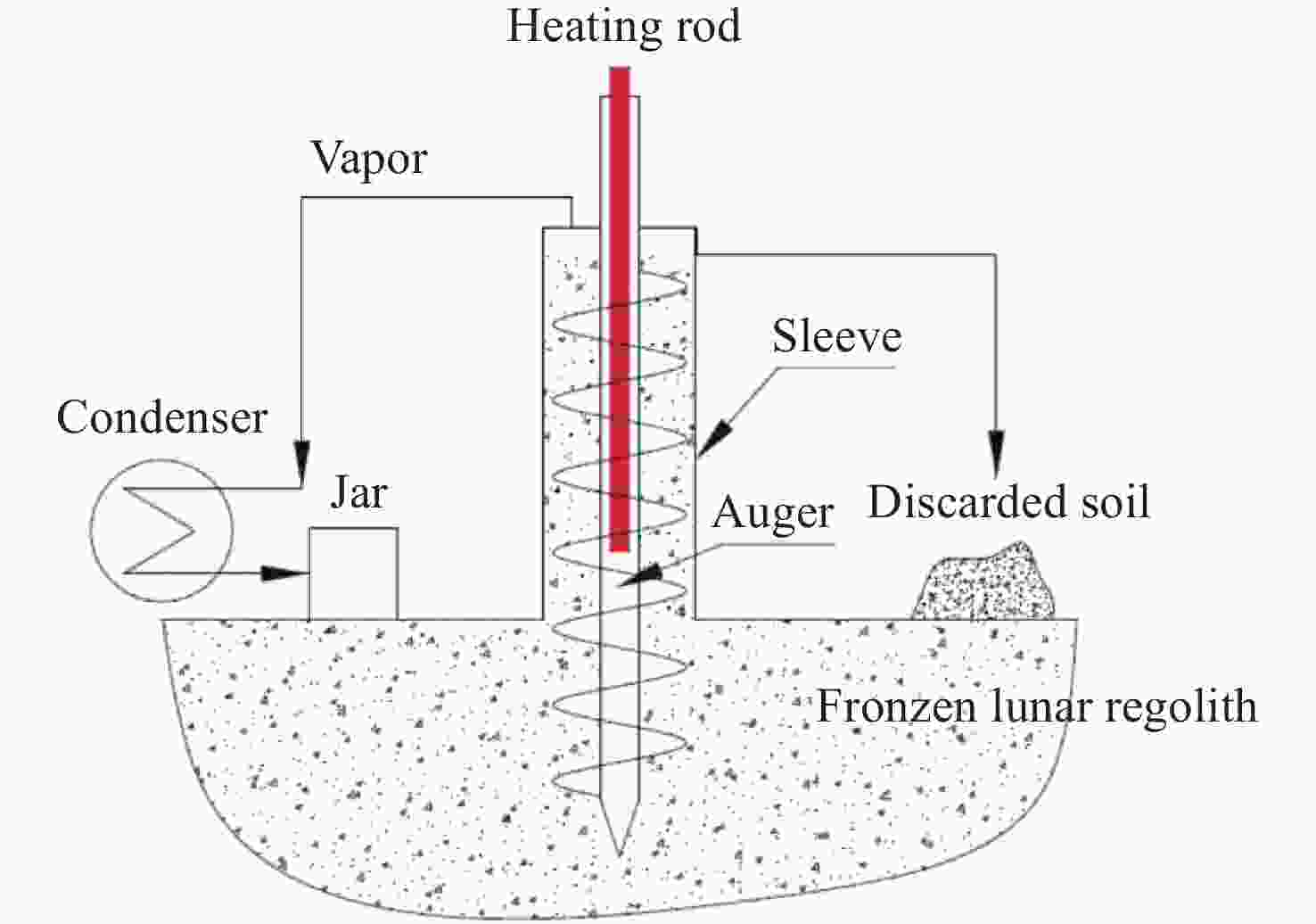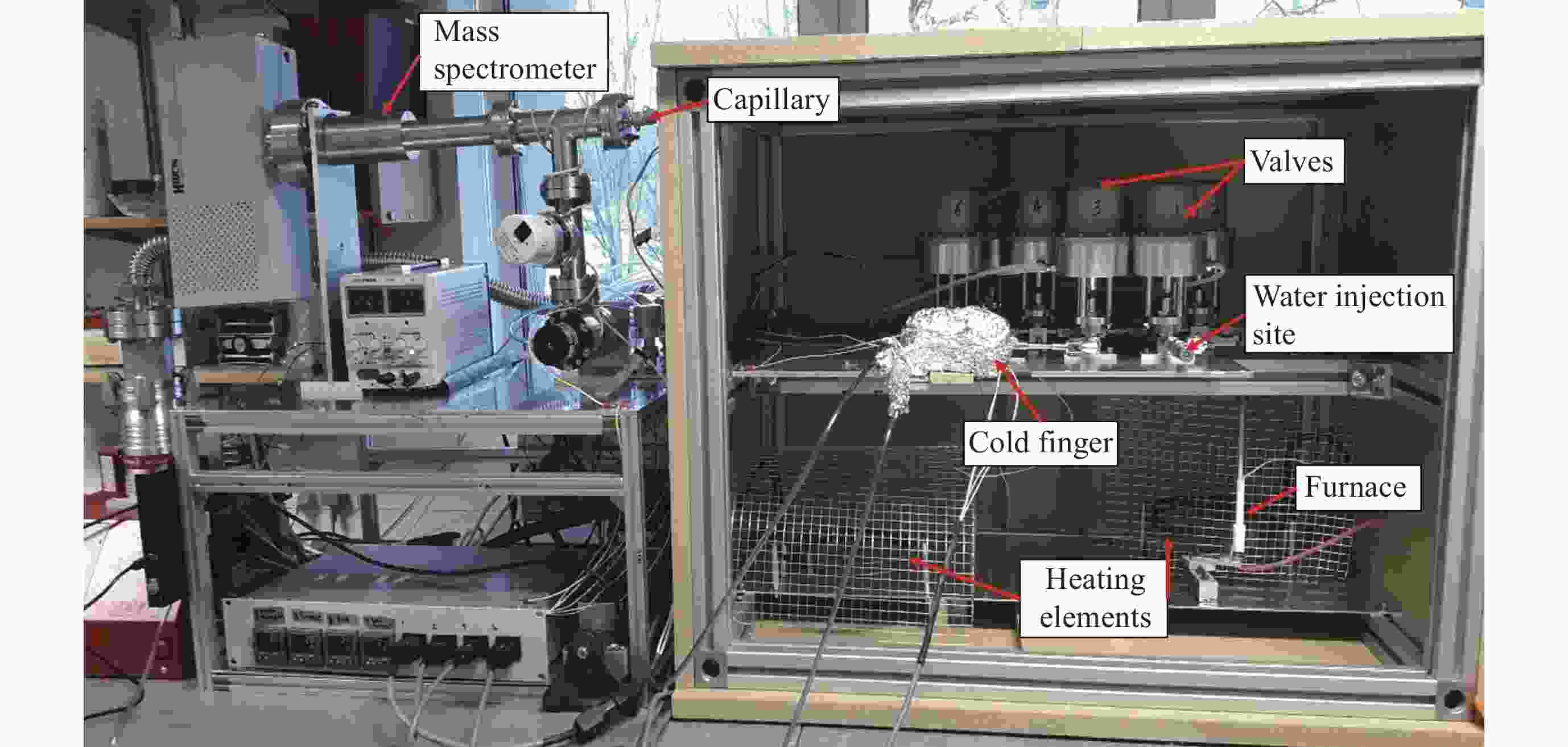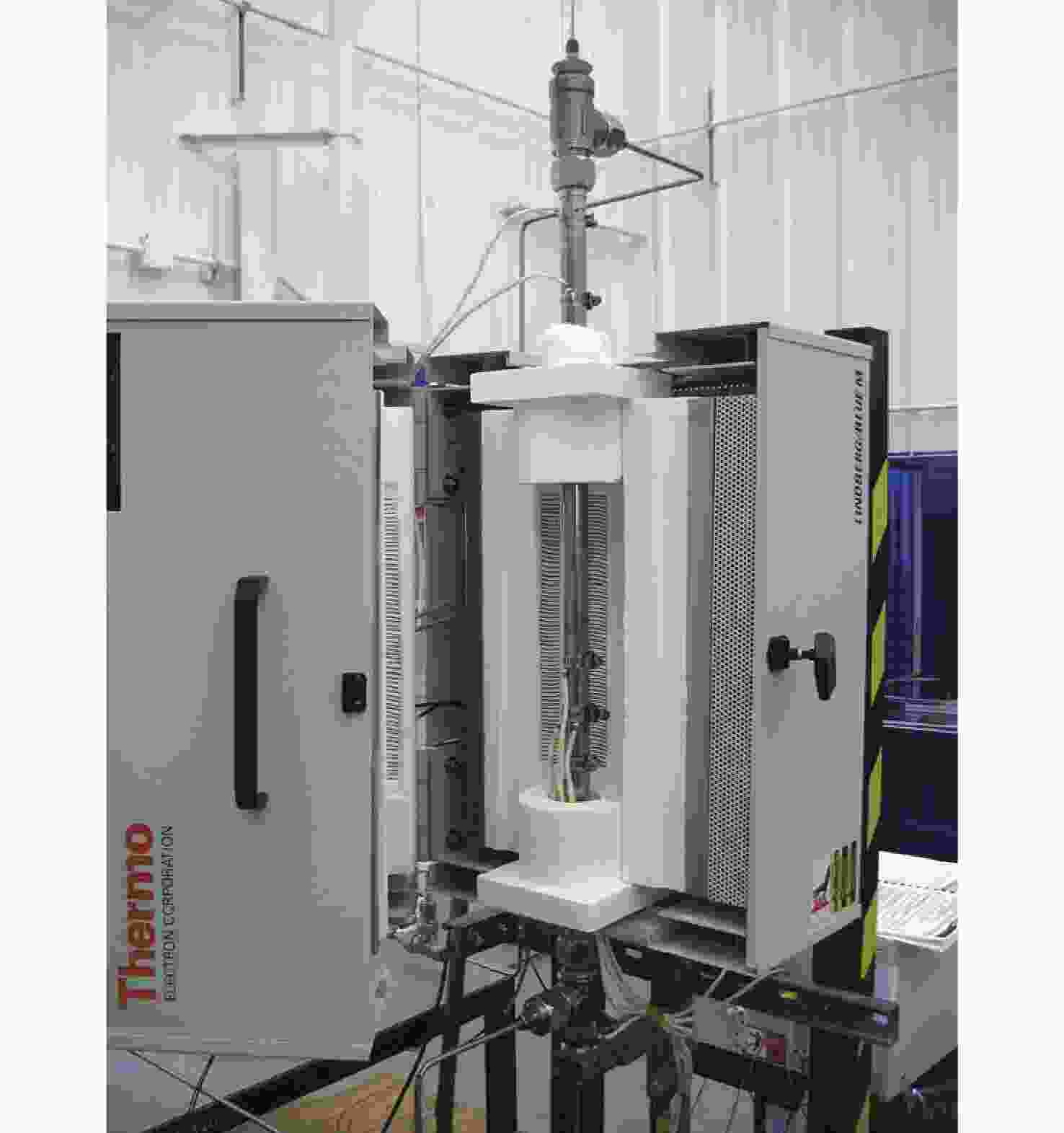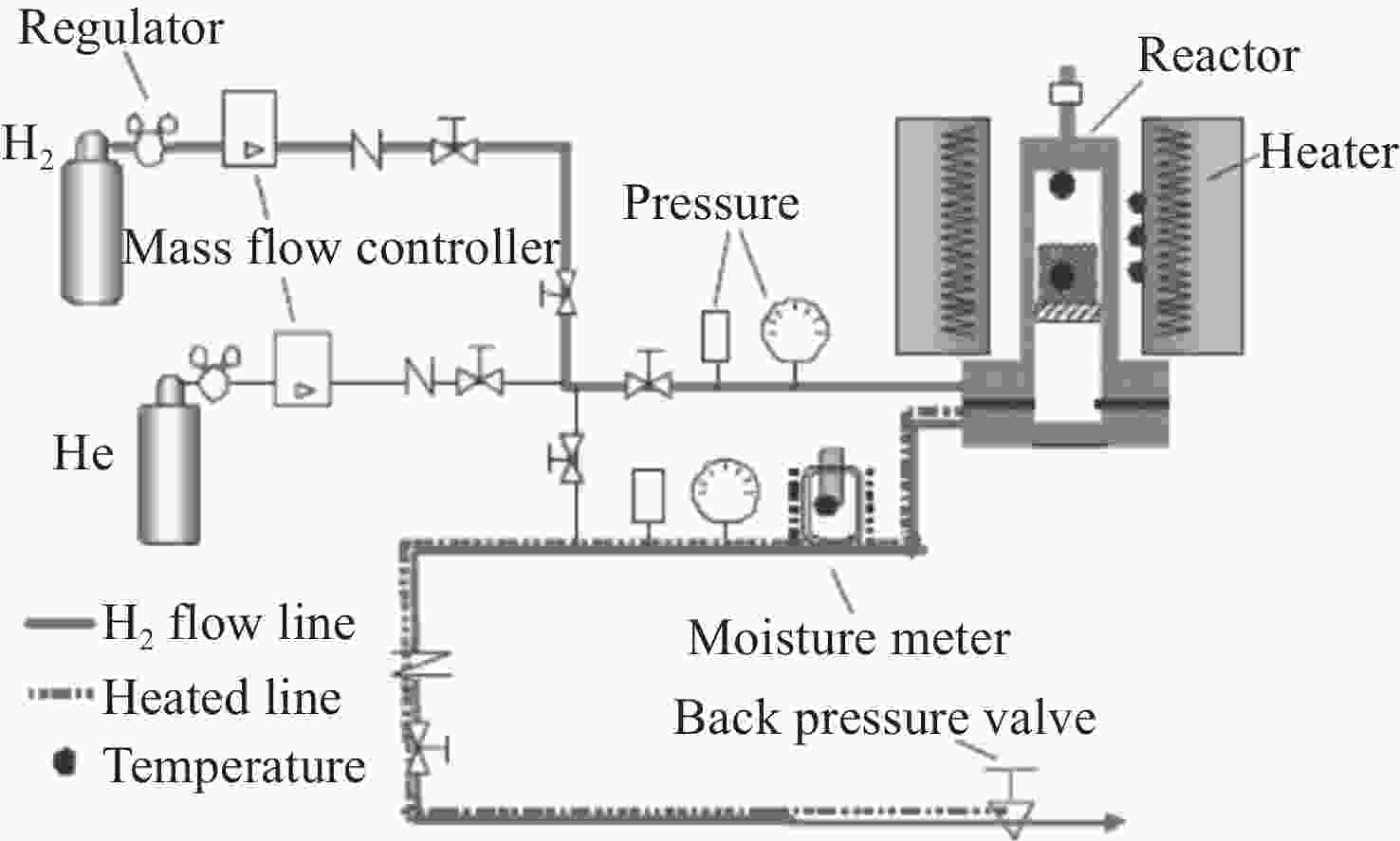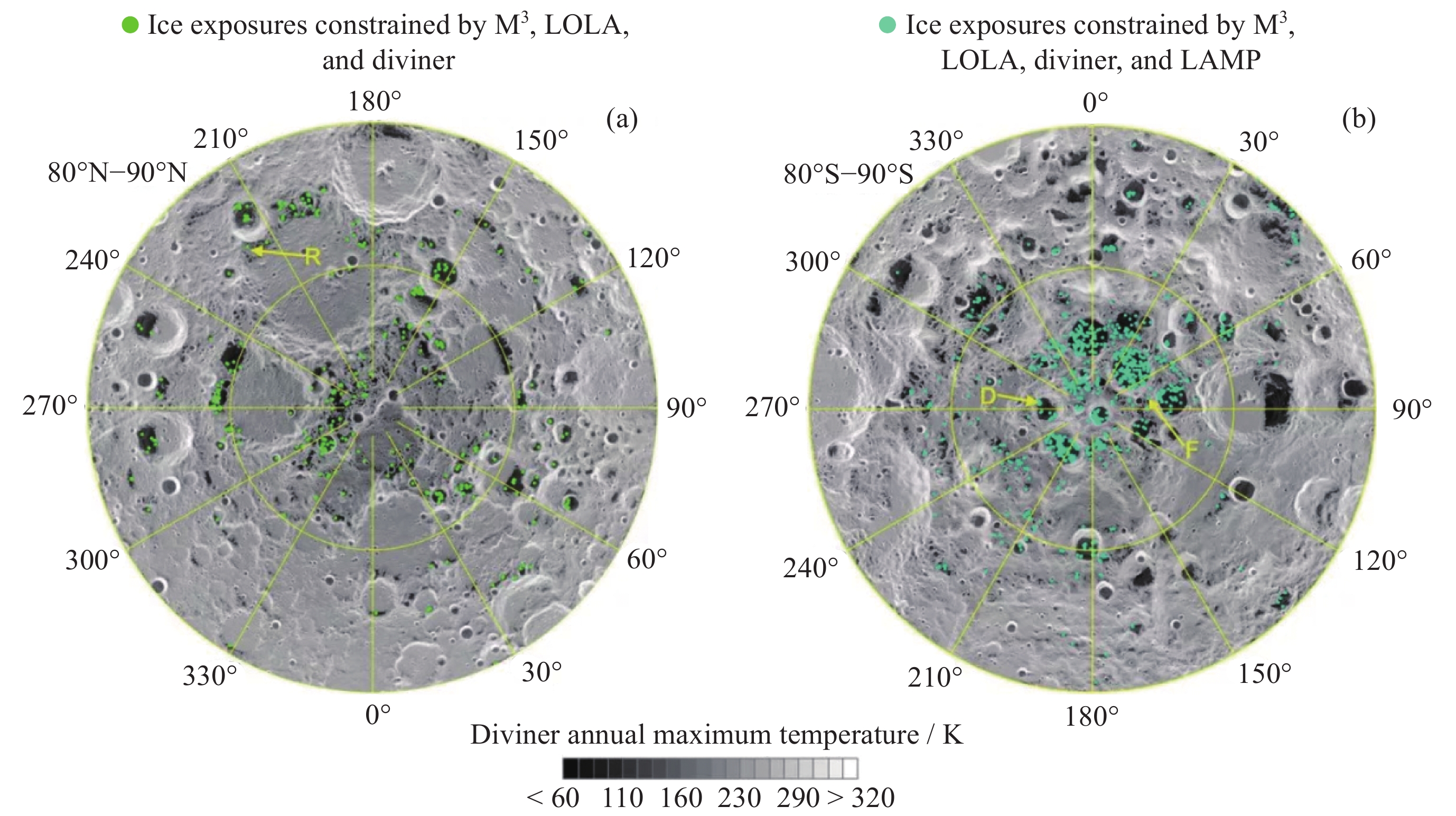Research Progress of Lunar In-situ Water Production Techniques
-
摘要: 随着深空探测活动的持续推进, 月球探测已成为开展行星际探测的重要部分. 月球原位资源利用是保障载人月球探测及月面长期驻留的关键技术途径, 中国已将月面原位水获取方法列为月球探测的关键技术之一. 月面原位水获取方法主要分为极区水冰勘探开采和月壤氢还原制水两种技术途径. 现有勘探到的水冰资源主要位于月球极区, 分布不均匀, 开采难度大. 目前研究提出了多种不同类型的极区水冰勘探开采方法, 但实际效果有待月面原位试验验证. 月壤加氢还原制水技术方法工作条件不受区域限制, 应用范围较广, 但仍存在反应条件要求高、能耗大等技术限制, 未来需在节能和有效矿物成分富集等方面有所突破.Abstract: With the continuous advancement of deep space exploration, lunar exploration will be the first step for mankind to carry out interplanetary exploration and expand living territory. The lunar in-situ resource utilization will be a key technical approach to support manned exploration and long-term survival on the Moon surface. Almost all space powers are carrying out continuous research on lunar in-situ water production technology, and China has also listed lunar surface in-situ water production as one of the key technologies for lunar exploration missions. Lunar in-situ water production can be mainly divided into two methods: polar water ice exploration/extraction and hydrogen reduction of lunar regolith. The water ice resources that had been detected are mainly located in the lunar polar region, with uneven distribution and great difficulty in extraction method. Many different types of polar water ice exploration and extraction schemes have been put forward, but the actual effect needs to be verified by sufficient verification experiments and the lunar in-situ test. Hydrogen reduction of lunar regolith can be used for in-situ water production, and its working conditions are not limited by the region, and its application scope is wide. However, there are some remaining technical limitations such as extreme reaction condition requirements and high energy consumption, which implies urgent demand to make breakthroughs in energy conservation and effective ingredient enrichment. Thus, according to the development strategy deployment of lunar exploration missions and the requirements of in-situ water resource acquisition technology in the future, some suggestions are put forward on developing the key development path of in-situ water resource acquisition technology in the future. Target areas for future exploration missions, in-situ energy acquisition scheme, security and reliability of different technologies will be used as the main basis for different technology selection. It is hoped that this work will provide guidance for in-situ resource utilization in future lunar exploration missions.
-
表 1 不同技术方案类型氢还原反应器的对比分析
Table 1. Comparative analysis of hydrogen reduction reactors with different technical schemes
固定反应床 移动反应床 气流反应床 液化反应床 气固反应
适应性不适合连续处理; 分批处理生成产物不均匀 低粉末含量微粒较为均匀; 反应器容量较大 反应速度快, 回收利用未反应粉末困难 颗粒尺寸分布没有特殊要求; 可能存在大量粉末; 连续处理生成均匀粉末 温度分布 由于放热反应存在过热点风险 通过高速固体循环和气体流动将温度梯度控制在允许范围内 可通过高速固体循环将轴向温度梯度约束在允许范围内 高固体混合确保温度分布均匀; 通过侵入床内的热交换器或通过增减固体控制温度 热控设计 换热不良、热传输限制扩展 固体热容大导致换热不良; 通过固体循环进行大量热传输 介于液化床和移动床
之间高效传热, 固体热传导效率高 月壤颗粒尺寸 颗粒尺寸8~20 μm, 分布均匀, 无粉末 颗粒尺寸2~6 mm, 分布均匀, 无粉 颗粒尺寸0.02~6 mm, 分布分散 颗粒尺寸0.02~0.5 mm, 分布集中 -
[1] 李春来, 刘建军, 左维, 等. 中国月球探测进展(2011-2020年)[J]. 空间科学学报, 2021, 41(1): 68-75 doi: 10.11728/cjss2021.01.068LI Chunlai, LIU Jianjun, ZUO Wei, et al. Progress of China’s lunar exploration (2011−2020)[J]. Chinese Journal of Space Science, 2021, 41(1): 68-75 doi: 10.11728/cjss2021.01.068 [2] XU L, LI H, PEI Z Y, et al. A brief introduction to the international lunar research station program and the interstellar express mission[J]. Chinese Journal of Space Science, 2022, 42(4): 511-513 doi: 10.11728/cjss2022.04.yg28 [3] XU L, PEI Z Y, ZOU Y L, et al. China’s lunar and deep space exploration program for the next decade (2020–2030)[J]. Chinese Journal of Space Science, 2020, 40(5): 615-617 doi: 10.11728/cjss2020.05.615 [4] 裴照宇, 刘继忠, 王倩, 等. 月球探测进展与国际月球科研站[J]. 科学通报, 2020, 65(24): 2577-2586 doi: 10.1360/TB-2020-0582PEI Zhaoyu, LIU Jizhong, WANG Qian, et al. Overview of lunar exploration and international lunar research station[J]. Chinese Science Bulletin, 2020, 65(24): 2577-2586 doi: 10.1360/TB-2020-0582 [5] 李莹辉, 孙野青, 郑慧琼, 等. 中国空间生命科学40年回顾与展望[J]. 空间科学学报, 2021, 41(1): 46-67 doi: 10.11728/cjss2021.01.046LI Yinghui, SUN Yeqing, ZHENG Huiqiong, et al. Recent review and prospect of space life science in China for 40 years[J]. Chinese Journal of Space Science, 2021, 41(1): 46-67 doi: 10.11728/cjss2021.01.046 [6] CLARK R N. Detection of adsorbed water and hydroxyl on the moon[J]. Science, 2009, 326(5952): 562-564 doi: 10.1126/science.1178105 [7] COLAPRETE A, SCHULTZ P, HELDMANN J, et al. Detection of water in the LCROSS Ejecta Plume[J]. Science, 2010, 330(6003): 463-468 doi: 10.1126/science.1186986 [8] LI S, LUCEY P G, MILLIKEN R E, et al. Direct evidence of surface exposed water ice in the lunar polar regions[J]. Proceedings of the National Academy of Sciences of the United States of America, 2018, 115(36): 8907-8912 [9] HONNIBALL C I, LUCEY P G, LI S, et al. Molecular water detected on the sunlit Moon by SOFIA[J]. Nature Astronomy, 2021, 5(2): 121-127 [10] ZHOU C J, TANG H, LI X Y, et al. Chang’E-5 samples reveal high water content in lunar minerals[J]. Nature Communications, 2022, 13(1): 5336 doi: 10.1038/s41467-022-33095-1 [11] NASA. Thermal Mining of Ices on Cold Solar System Bodies[EB/OL]. (2019-04-11)[2023-01-11]. https://www.nasa.gov/directorates/spacetech/niac/2019_Phase_I_Phase_II/Thermal_Mining_of_Ices_on_Cold_Solar_System_Bodies [12] SOWERS G F, DREYER C B. Ice mining in lunar permanently shadowed regions[J]. New Space, 2019, 7(4): 235-244 doi: 10.1089/space.2019.0002 [13] BISWAS J, SHERIDAN S, PITCHER C, et al. Searching for potential ice-rich mining sites on the Moon with the Lunar Volatiles Scout[J]. Planetary and Space Science, 2020, 181: 104826 doi: 10.1016/j.pss.2019.104826 [14] 季节, 张伟伟, 杨旭, 等. 月球极区水冰采样探测技术综述[J]. 深空探测学报(中英文), 2022, 9(2): 101-113JI Jie, ZHANG Weiwei, YANG Xu, et al. Overview of water ice sampling and detection techniques in the lunar polar region[J]. Journal of Deep Space Exploration, 2022, 9(2): 101-113 [15] WILLIAM E L, MARTIN P, GERALD B S, et al. RESOLVE: An International Mission to Search for Volatiles at the Lunar Poles[C]//International Space Exploration Research Institute (ISERI) 2013 Symposium [16] LI X T, ZHANG G, WANG C, et al. Water harvesting from soils by light-to-heat induced evaporation and capillary water migration[J]. Applied Thermal Engineering, 2020, 175: 115417 doi: 10.1016/j.applthermaleng.2020.115417 [17] HE L C, WANG C, ZHANG G, et al. A novel auger-based system for extraterrestrial in-situ water resource extraction[J]. Icarus, 2021, 367: 114552 doi: 10.1016/j.icarus.2021.114552 [18] LIU Y W, WANG C, PANG Y, et al. Water extraction from icy lunar regolith by drilling-based thermal method in a pilot-scale unit[J]. Acta Astronautica, 2023, 202: 386-399 doi: 10.1016/j.actaastro.2022.11.002 [19] SMITH M, CRAIG D, HERRMANN N, et al. The Artemis Program: an overview of NASA’s activities to return humans to the moon[C]//Proceedings of 2020 IEEE Aerospace Conference. Big Sky: IEEE, 2020 [20] SARGEANT H M, ABERNETHY F A J, ANAND M, et al. Feasibility studies for hydrogen reduction of ilmenite in a static system for use as an ISRU demonstration on the lunar surface[J]. Planetary and Space Science, 2020, 180: 104759 doi: 10.1016/j.pss.2019.104759 [21] LEE K A, ORYSHCHYN L, PAZ A, et al. The ROxygen Project: outpost-scale lunar oxygen production system development at Johnson Space Center[J]. Journal of Aerospace Engineering, 2013, 26(1): 67-73 doi: 10.1061/(ASCE)AS.1943-5525.0000230 [22] SANDERS G B, LARSON W E. Progress made in lunar in situ resource utilization under NASA’s exploration technology and development program[J]. Journal of Aerospace Engineering, 2013, 26(1): 5-17 doi: 10.1061/(ASCE)AS.1943-5525.0000208 [23] KANAMORI H, WATANABE T, AOKI S. Power requirements for the construction and operation of a lunar oxygen plant[J]. Journal of Aerospace Engineering, 2013, 26(1): 160-168 doi: 10.1061/(ASCE)AS.1943-5525.0000180 [24] STEFFEN C J JR, FREEH J E, LINNE D L, et al. System modeling of lunar oxygen production using fission surface power: mass and power requirements[J]. Nuclear Technology, 2009, 166(3): 240-251 doi: 10.13182/NT09-A8838 [25] STEFFEN C J JR, FREEH J E, LINNE D L, et al. System modeling of lunar oxygen production: mass and power requirements[C]//Proceedings of Space Nuclear Conference. Boston: American Nuclear Society, 2007 [26] 张育林. 地月空间工程[M]. 北京: 国防工业出版社, 2022ZHANG Yulin. Cislunar Space Engineering[M]. Beijing: National Defense Industry Press, 2022 -
-





 张鹏:男, 1981年3月出生于北京市, 现为中国科学院空间应用工程与技术中心研究员, 博士生导师, 主要研究方向为载人航天空间应用系统研制、月球探测新方法、月球探测大数据处理与集成技术和月球原位资源利用等. E-mail:
张鹏:男, 1981年3月出生于北京市, 现为中国科学院空间应用工程与技术中心研究员, 博士生导师, 主要研究方向为载人航天空间应用系统研制、月球探测新方法、月球探测大数据处理与集成技术和月球原位资源利用等. E-mail: 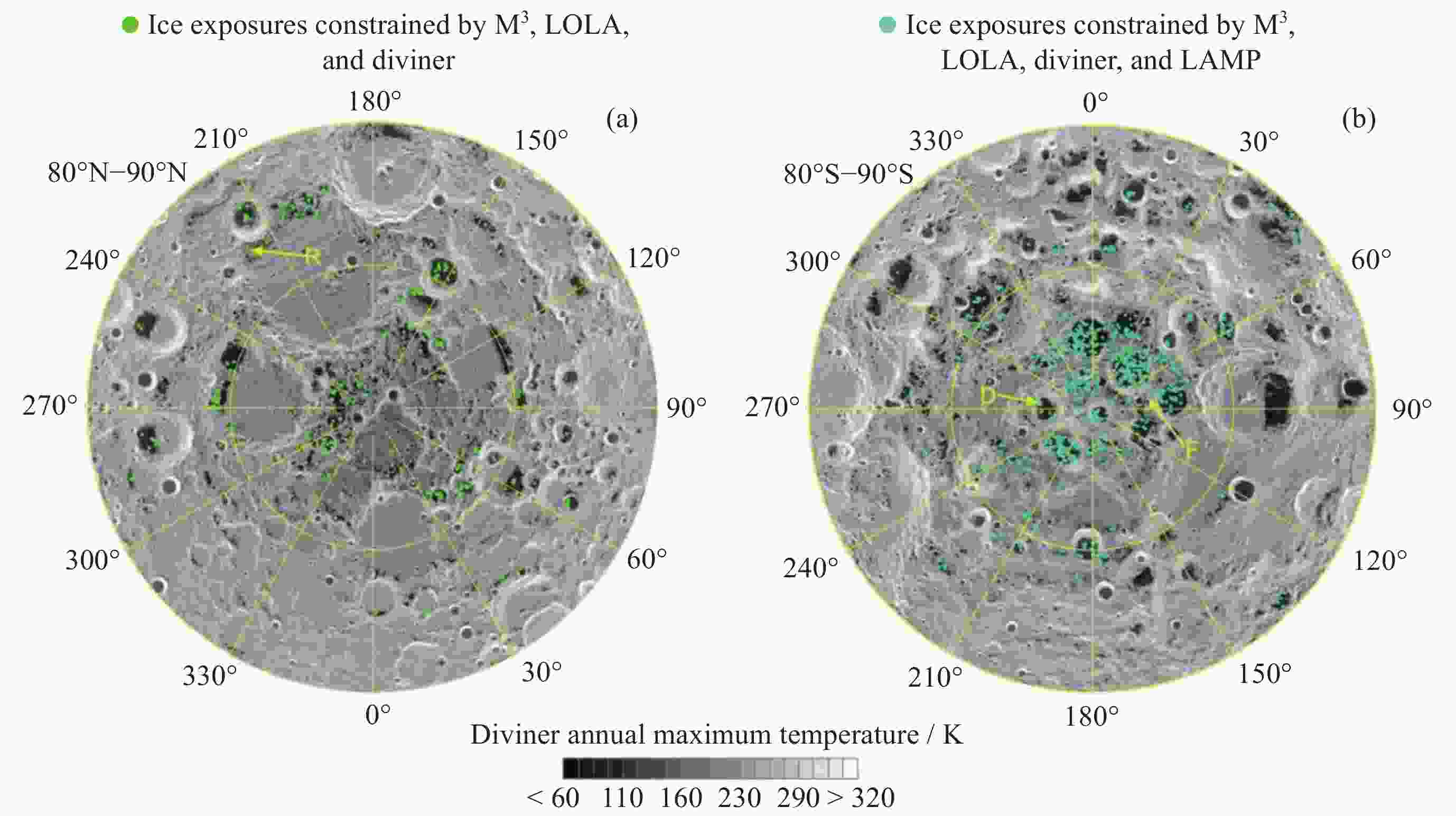
 下载:
下载:

